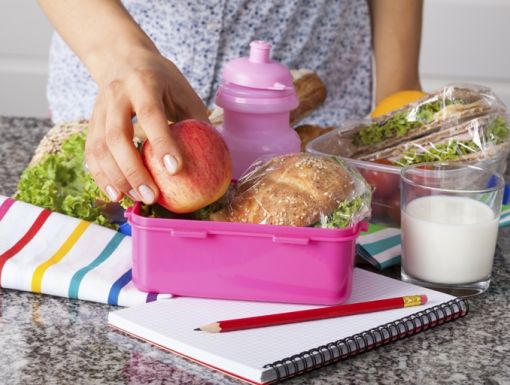
Holiday Toy Safety Tips
Tis’ the season for giving, but for many children, what they receive during the holidays can be harmful. According to the U.S. Consumer Product Safety Commission (CPSC), there were 185,500 toy-related ER visits in 2015 in children under 15 years old.
More than a dozen children died due to those injuries, mostly from asphyxia, which is a severe lack of oxygen to the body. They also found that riding toys such as scooters were associated with the majority of injuries and almost half of toy related deaths.
Parents need to be on guard for potential toy hazards, especially around this time of year.
Here are some steps and recommendations parents should consider when purchasing toys to keep their child safe:
- Avoid toys with many parts that can potentially become choking hazards, especially for young children. A parent can turn their back for a split second and that child can swallow a small piece and choke.
- Parents need to take their time when shopping and make sure what they are buying is age-appropriate.This includes balloons or toys that have string, ribbon or straps longer than seven inches that could cause strangulation.
- If a small toy or parts of toys that break off can fit entirely into a toilet paper tube, then it is a potential choking hazard.
- Keep magnetic toys and “button” batteries away from young children. The acid can cause fatal internal injuries. If a child swallows a battery, seek immediate medical attention.
- Be sure the appropriate safety equipment is provided, such as helmets for bikes.
- Not only read the recommended age label on packaging, but always open what is purchased and inspect the toy. This practice is extremely important if someone else gives your child a gift.
- Sometimes what we think we are buying is not exactly what’s in the box. Inspecting it is the best way to determine if the toy is safe for your child.
- Stay away from certain types of chemicals such as phthalates, lead or heavy metal which can affect organ and system in the human body, especially the central nervous system.
- Opt for toys labeled "phthalate-free” or cloth or unpainted wooden toys instead.
- Read the labels of play cosmetics and avoid products with xylene, toluene or phthalates.
- To screen a piece of jewelry for lead, use a home lead tester available at hardware stores. (This is a screening method, and should not be relied upon as a definitive test.)
- Be sure the toy is age and developmentally appropriate.
- Parents with multiple children of all ages should make sure toys for older children are not easily accessible to the younger children.
- There can be large age gaps in families, so what is bought for an older child can be extremely harmful to a younger sibling.
- Keeping an eye on the younger children and making sure toys are separated is the best way to keep everyone safe during the holiday.
- Keep in mind that screen time, outside of video chatting, is not recommended for children under two. For those over two years of age, we recommend no more than an hour a day.
- Remember! This is a great time to ask friends and family to give "screen free" gifts.


